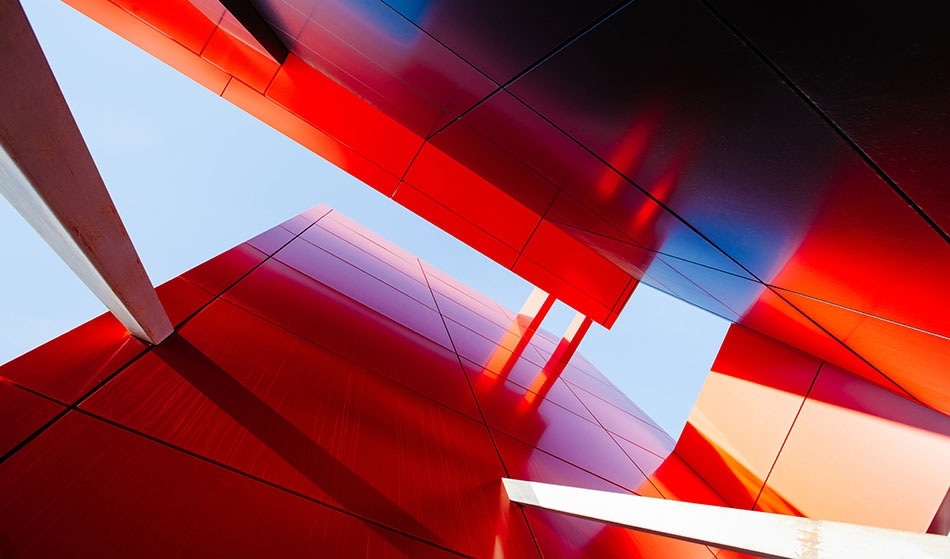
4Max / Shutterstock
The world’s nanotechnology sector is rapidly growing, with applications being developed for use within multiple industries. Architecture is one of these sectors looking to benefit from the next expansion in capabilities.
Nanotechnology is now being used to create new nanocoatings; the applications of which include supporting clean technology in architecture. Nanocoatings incorporate distributions of nanoparticles, and, depending on the nanoparticle used, the coatings can take on different capabilities. These capabilities range from being photoreactive, insulating, and anti-UV to being able to break down dirt or protect against damage.
Below the capabilities are discussed in relation to their applications for clean technology in architecture.
Energy Saving Coatings
Nanocoatings have been developed into numerous commercially available products that can be painted onto walls to reduce heat transfer. The coating can reduce heat loss by over a third, also reducing the energy needed to heat the building.
Scientists have developed coatings to have therm-chromic properties. Recent developments have seen the successful creation of coatings that react to heat by changing their color, allowing them to become transparent and permit heat reflection, or become black and absorb heat.
Future developments of this application may see heat energy from the sun being absorbed and stored in order to provide energy for the home. Right now, architecture is using this advancement to insulate buildings, making them more energy-efficient.
Self-Cleaning Windows
Titanium dioxide is a nanoparticle with photocatalytic properties. UV light, the kind emitted by the sun, causes electrons in titanium dioxide to become activated. This causes a reaction to take place, where water molecules in the air convert into hydroxyl radicals, causing chemical oxidation and reduction reactions on the surface of the coating.
The hydroxyl radicals break down carbon-based products into fragments small enough to be washed away by rainwater. With the reactions occurring on the coating, the dirt is destroyed from the bottom layer up, making the coating effective at cleaning through all the layers of dirt, which can prove difficult when cleaning windows in the traditional way.
Self-cleaning windows allow buildings to be more green as they remove the need for the production and use of harsh chemicals typically used to wash windows.
Self-Healing Coatings
Nanocoatings have been developed that can add anti-corrosive properties to materials as well as self-healing properties. These coatings contain film-formers that are able to repair damage to the coating when it becomes scratched. The addition of this kind of coating to buildings can reduce steel corrosion.
This is an important step forward for clean technology in two ways. The first is that it eliminates the need to use chemicals and processes that rely on fossil fuels to fix issues caused by corrosion. In addition, it prevents the corrosion of metals from damaging the environment.
When metals corrode, the water and land nearby can become contaminated. Contamination of the environment then demands further energy expenditure in the processes involved in its clean up.
Anti-Graffiti Coatings
Modern architecture is now incorporating anti-graffiti coatings onto new buildings. In London, around $200 million is spent annually cleaning up graffiti, and this also puts a burden on energy usage related to the cleanup.
Two kinds of nanocoatings have been developed to prevent this issue. The first is a coating that forms an invisible thin film that can be peeled off, and along with it, the graffiti. The second is a nanocoating, which is also invisible, but the properties of the coating prevent any marks adhering to the surface of the building. Thus, both options reduce the building’s energy consumption by reducing the efforts needed to keep it clean.
The use of nanocoatings is very much in its infancy, and in the coming years, it’s certain we will see further innovations in this sector with applications for cleantech in architecture.
Source
Disclaimer: The views expressed here are those of the author expressed in their private capacity and do not necessarily represent the views of AZoM.com Limited T/A AZoNetwork the owner and operator of this website. This disclaimer forms part of the Terms and conditions of use of this website.